Nostalgia on Tuesday: Howard's Ways
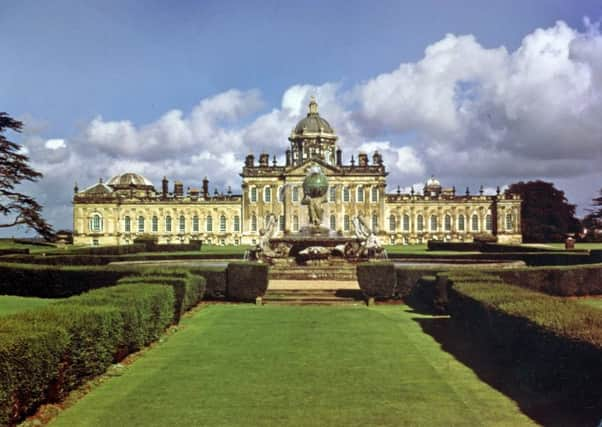

Charles Howard, Castle Howard’s patron, was born in 1669 at Naworth, close to Hadrian’s Wall. Educated at Morpeth Grammar School, he married at the age of 19 Lady Anne Capel, daughter of the first Earl of Essex, who was only 13 at the time. But, it was claimed that ‘through the greenness of their years they do not yet cohabit together’.
A few months after the wedding, Charles, initially Viscount Morpeth, embarked on the Grand Tour of Europe.
Advertisement
Hide AdAdvertisement
Hide AdIt is thought he spent time in Holland, then Germany, Vienna, Venice, Padua and Rome. Whilst abroad he kept notebooks and read about artists such as Raphael, Holbein and Titian. He absorbed all he could about art and antiquities and undoubtedly formed opinions about architecture.
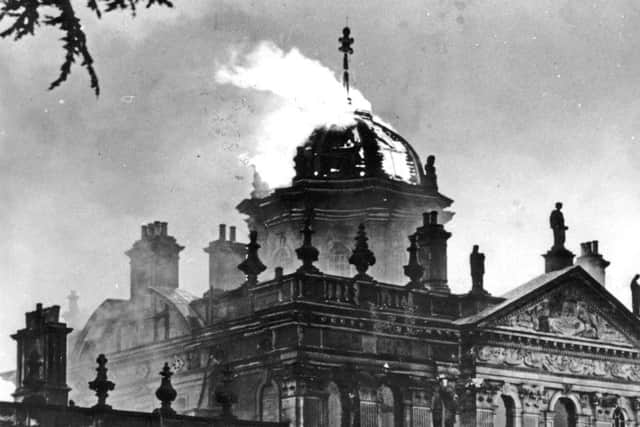

Returning to England in February, 1691, he became Earl of Carlisle in April, 1692 on the death of his father. From 1695, he spent time at his London property, Carlisle House, in Soho Square. He moved in fashionable court society as well as developing a keen interest in politics. He demonstrated an affinity with the Whigs.
Towards the end of the century he adorned Carlisle House with works of art and sculpture. He commissioned a painting to decorate the ceiling of the main staircase, and collected china, delftware furniture and large numbers of books, spending large amounts of cash.
During July 1698, he journeyed to Henderskelfe, north east of York, where a medieval castle once owned by his grandfather had burned down in 1693. In October 1698 he took out a lease for life on the site from his grandmother.
Advertisement
Hide AdAdvertisement
Hide AdBy May 1699, he had grandiose plans in mind for building the projected Castle Howard there. Why he chose such a grand scale is supposedly unknown. Yet Charles Saumarez Smith in The Building of Castle Howard (1990) offers several explanations. First, the Earl might have wanted to glorify the Howard family. Secondly, it is submitted that the Earl, too, wanted to be remembered. Around the time of the house’s conception Lord Carlisle was enjoying power and prominence at Court.
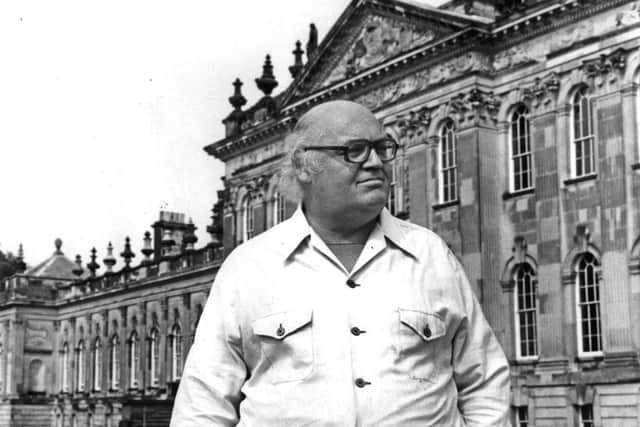

A model of the proposed house was shown to King William III, who was fascinated by building and gardening, in June 1700. Days late, Carlisle was appointed one of the Gentlemen of his Majesty’s Bedchamber. He later went on to be a member of the Privy Council.
Country house building had been restrained and unostentatious but by the 1680s houses were becoming more extravagant and monumental, symbolising owners’ power and social position. Amongst them were those at Thoresby in Nottinghamshire and particularly Chatsworth and Petworth in Sussex. This new confidence underpinned the Earl’s desire to embark on his own colossal house project.
By March 1699, architect William Talman, a pupil of Sir Christopher Wren, had been invited to make drawings for Carlisle’s new house. He had worked on Chatsworth House and built up a reputable practice which enjoyed Royal patronage.
Advertisement
Hide AdAdvertisement
Hide AdBut his preliminary drawings were not deemed grandiose enough. Talman, by reputation, was a very awkward character and it is suspected there may have been a fall out with the Earl over costs. He lost the commission.
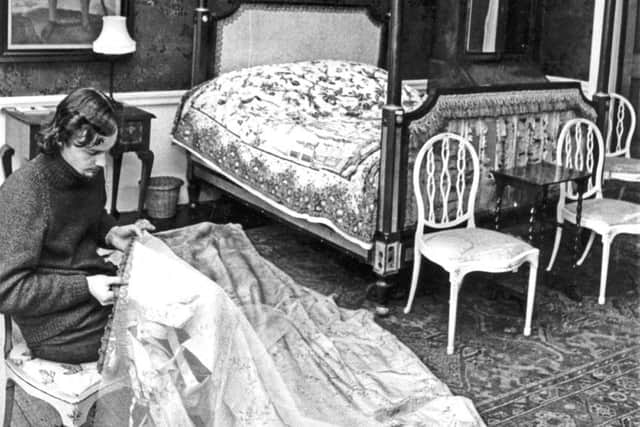

The Earl then turned to one of his friends in the Kit-Kat Club, Captain John Vanburgh. Vanbrugh had no qualifications or experience for such a mighty task, only boundless enthusiasm for art, literature and architecture.
Vanbrugh was baptised in London in January 1664 but grew up in Chester. After undertaking various positions at home and abroad he took up an Army commission in 1686.
A radical, he was arrested in Calais in 1688 for voicing support for William of Orange and imprisoned there until April 1691. From February 1692 he was moved to the Bastille and was subsequently allowed to roam around Paris (but not leave the country), admiring and studying French comic drama as well as architecture. Quite a number of the designs he saw in the French capital, including Louis Le Vau’s College des Quatre Nations, were later doubtless discussed with the Earl and re-emerged in the plans for Castle Howard.
Advertisement
Hide AdAdvertisement
Hide AdReturning to Britain April 1693, Vanbrugh joined the Navy and then exchanged a military life for London and the London stage. Towards the end of the 1690s he produced his first theatrical comedy, The Relapse, or Virtue in Danger (1696); and another play, The Provoked Wife (1697). More robust, even more immoral than those of his contemporaries, Vanbrugh’s plays were often attacked by critics.
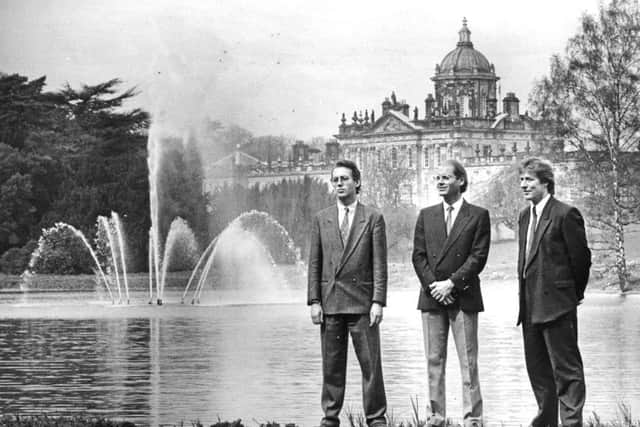

Carlisle put his confidence in the playwright transferring his skills to architecture and awarded him the commission for designing Castle Howard. Vanbrugh visited a number of English houses before beginning work, including Chatsworth. Work on the Castle Howard foundations began in 1701 and the later inclusion of a dome to the design was applauded as adding visual excitement to the house.
The untrained Vanbrugh was helped greatly by Nicholas Hawksmoor, the clerk of Wren. Hawksmoor was his equal partner in devising Castle Howard, which became renowned as a peak in English Baroque design.